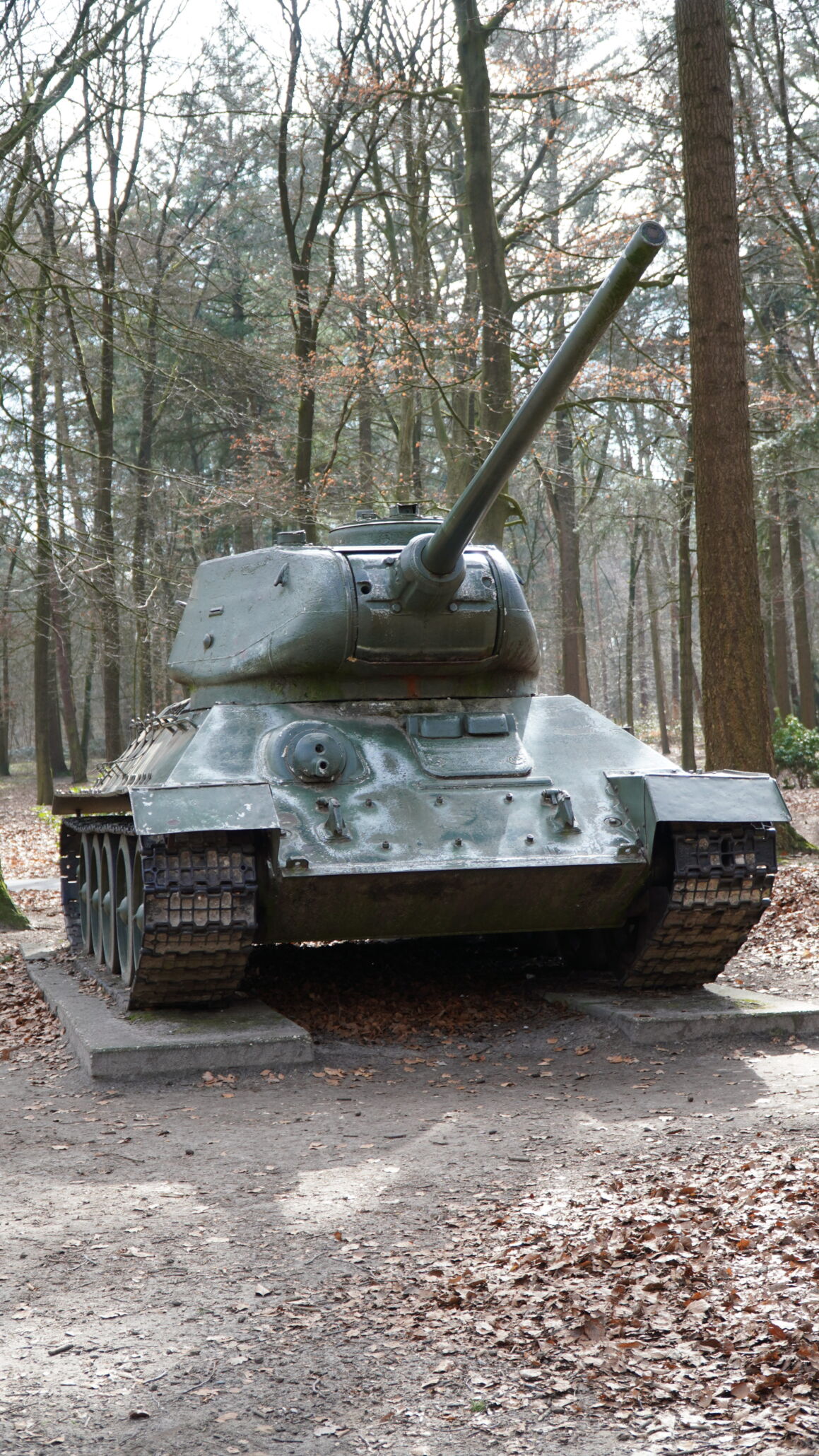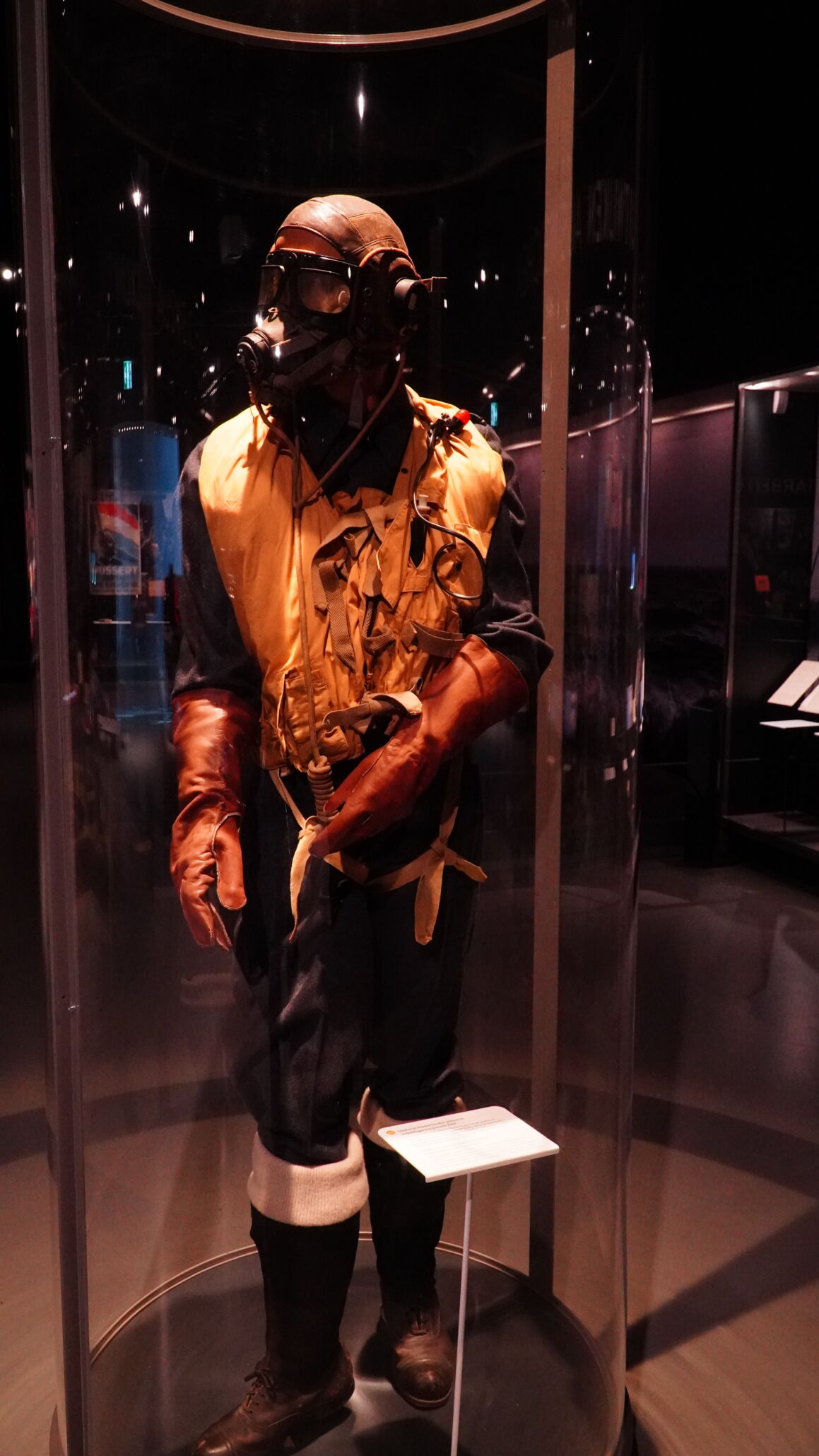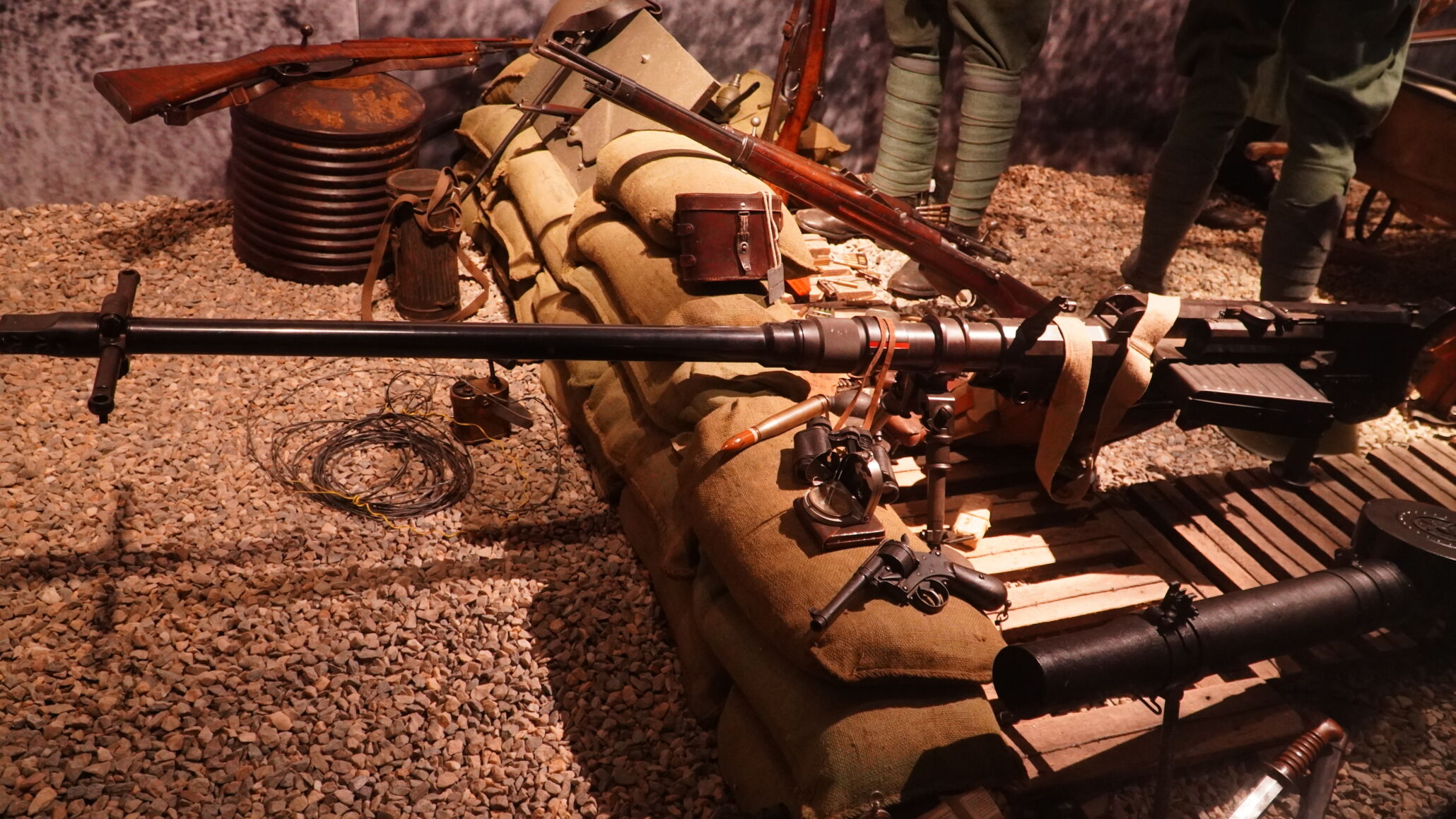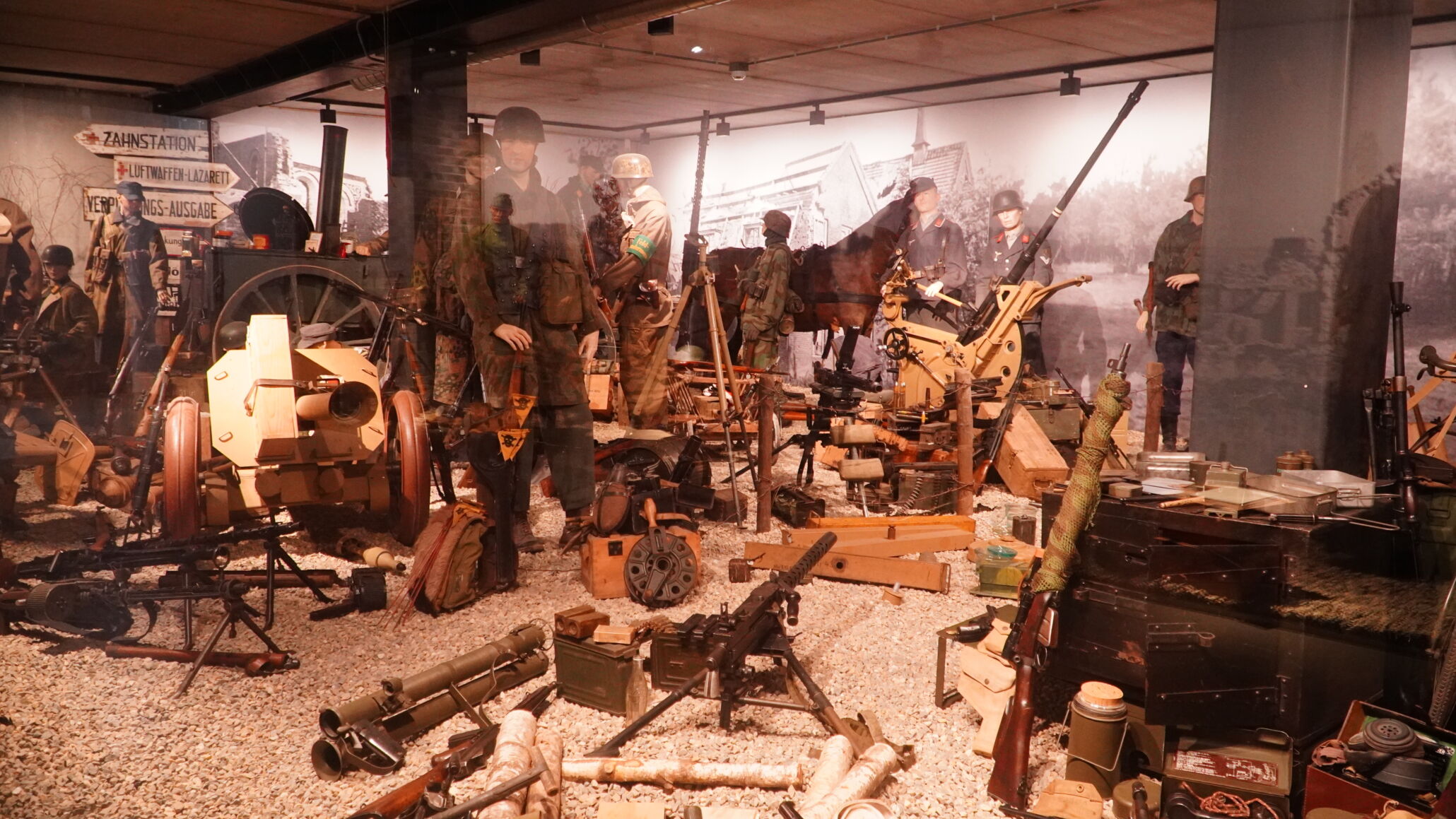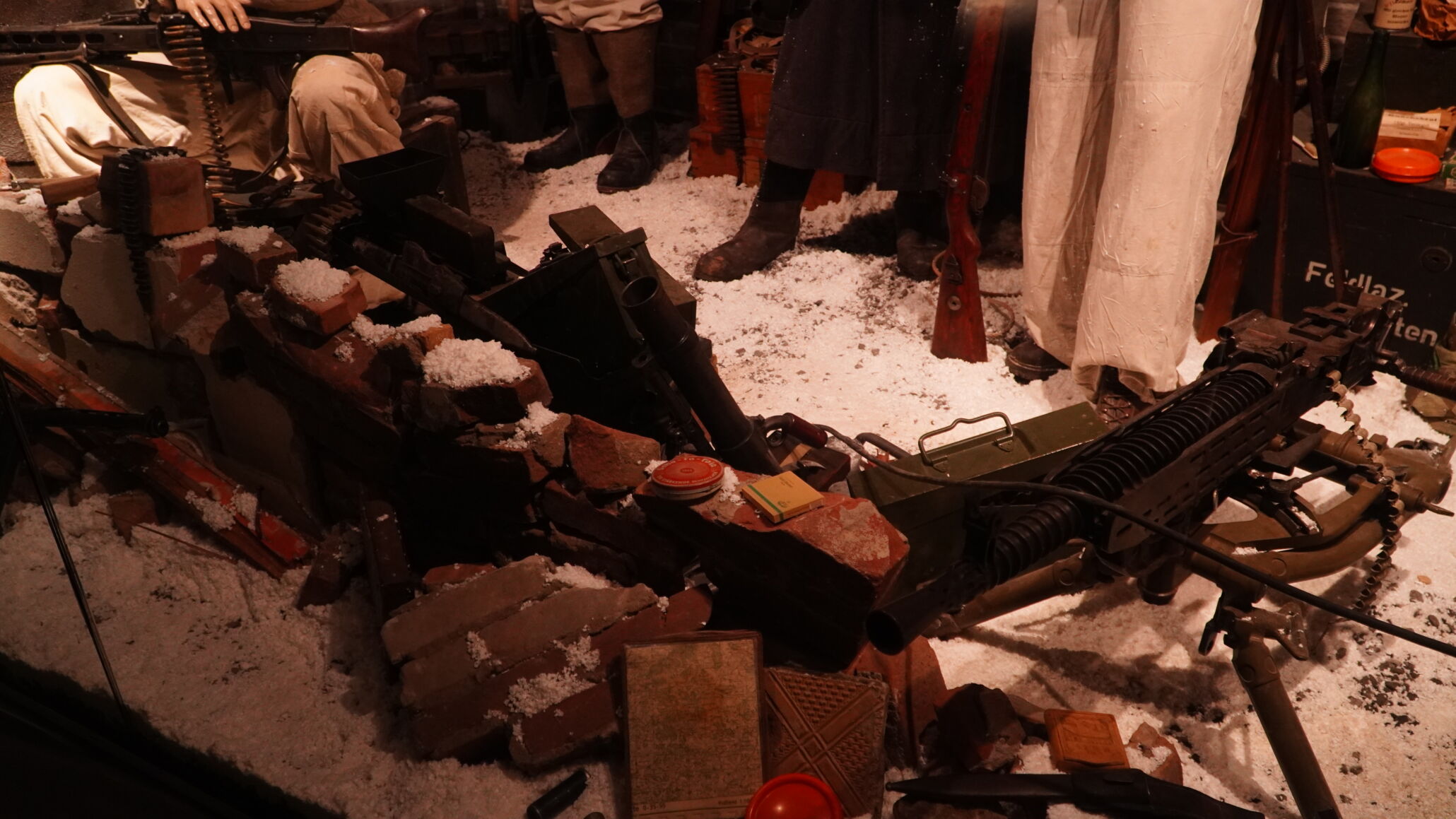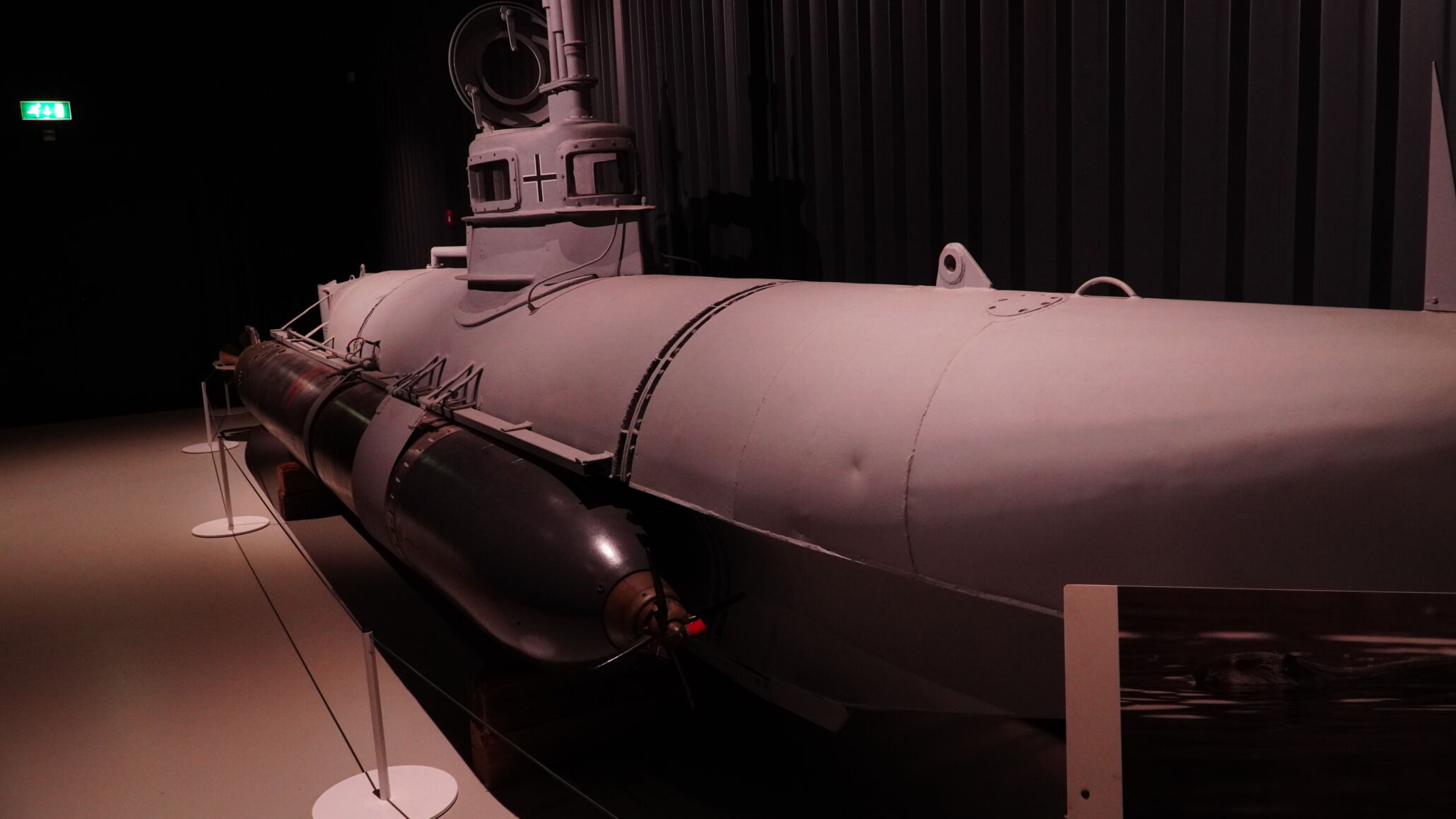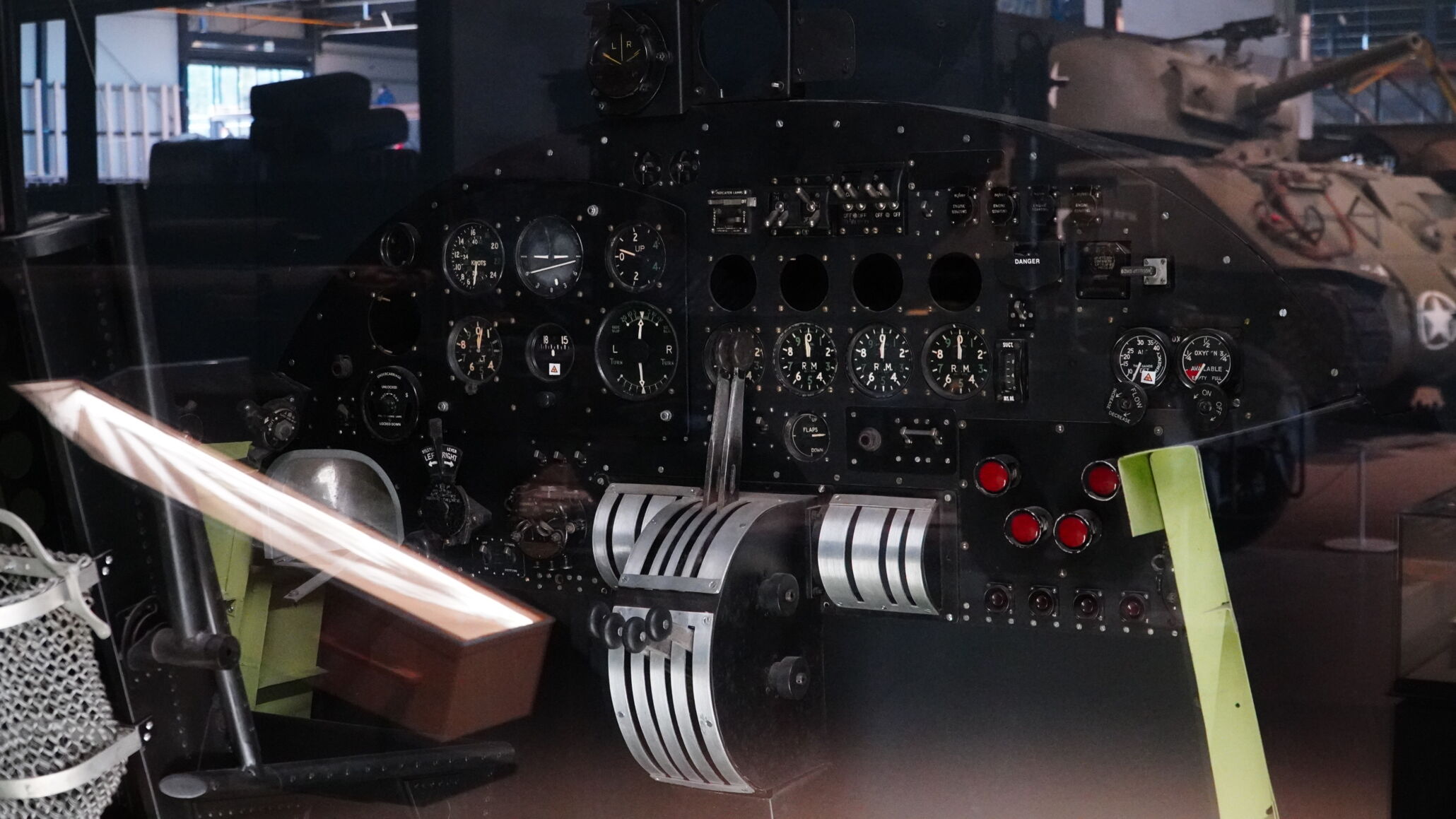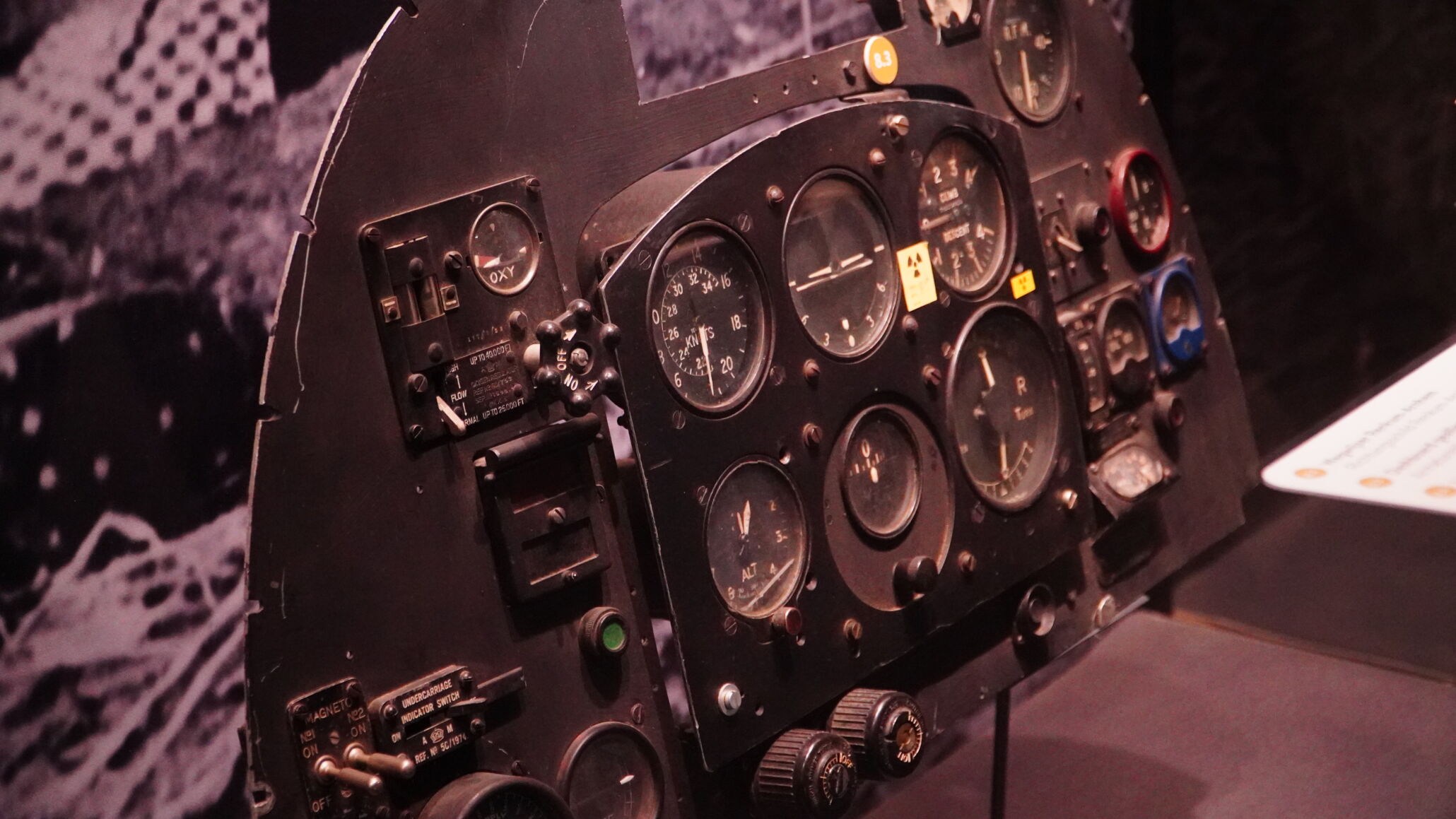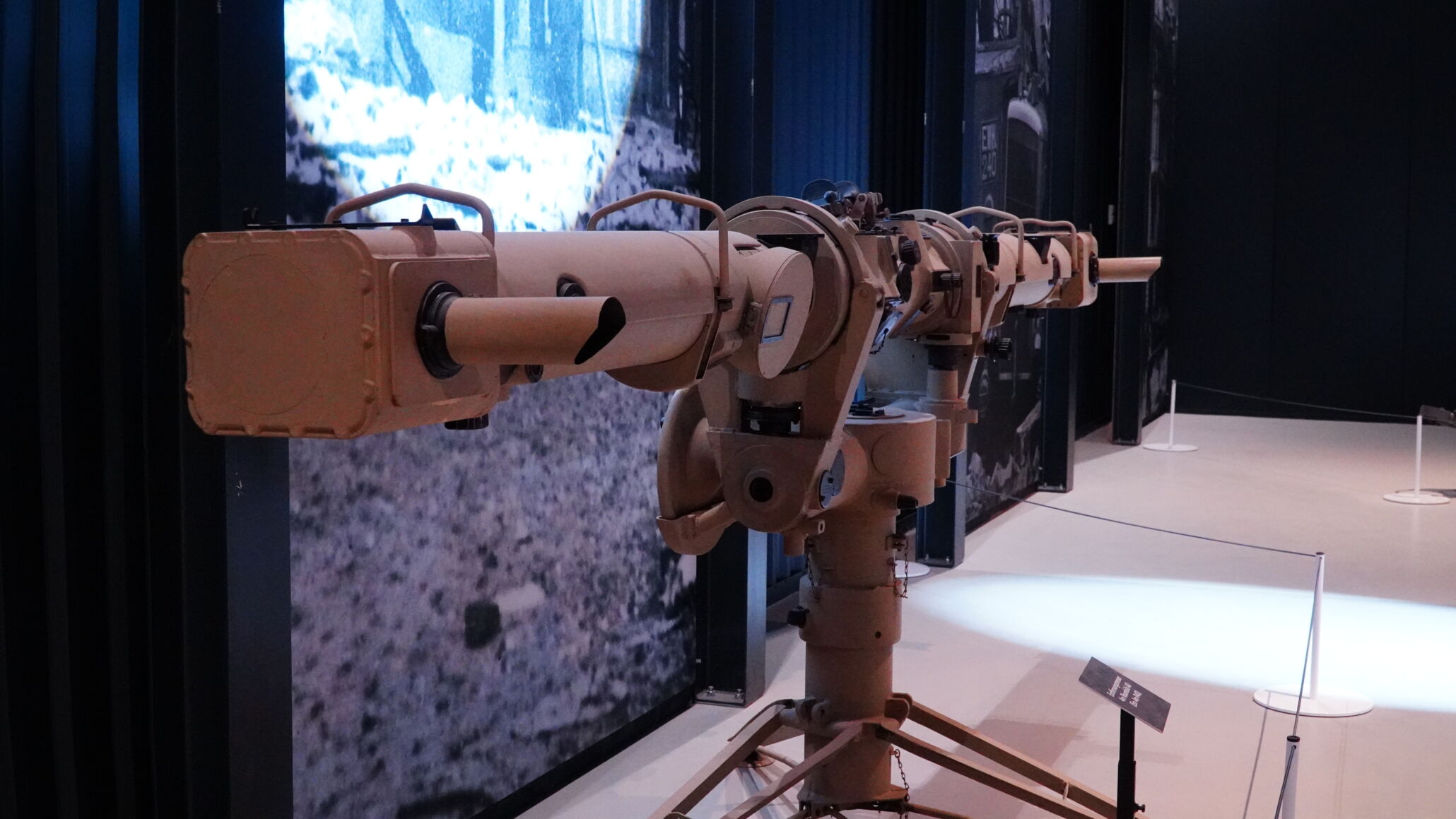The motto of the War Museum Overloon is: “War belongs in a museum.” – Tank Museum
The motto of the War Museum “Oorlogsmuseum” in Overloon is: “War belongs in a museum.” In the Tank Museum, the history of the Second World War is presented. Visitors can trace how, within five years, more than fifty million people lost their lives. The museum also highlights the creative ways in which the oppressed population coped with restrictions and shortages, as well as the resistance and persecution during this time. Finally, the liberation is also addressed, particularly the Battle of Overloon.
The history of the War Museum “Oorlogsmuseum” in Holland
The National War and Resistance Museum, named “Oorlogsmuseum” in Overloon, Netherlands, was founded in 1946 and is one of the largest war museums in the country. Originally conceived as a memorial for the victims of World War II, it has evolved over the years into a comprehensive museum that portrays the history of the war and resistance in the Netherlands and beyond
The location of the Overloon War Museum
The location of the Oorlogsmuseum is of historical significance, as Overloon was a major battlefield during World War II. The Battle of Overloon in the fall of 1944 was part of the Allied operations to liberate the Netherlands and took place in the immediate vicinity of the museum’s current site. This battle, one of the largest tank battles in Western Europe during World War II, is extensively covered in the museum.
Impressive collection of vehicles and weapons
The museum houses an impressive collection of artifacts, including military equipment, vehicles, weapons, uniforms, and personal items that document life during the war. Interactive exhibits allow visitors to immerse themselves in history and understand the experiences of people during the war.
Regular opening hours of the museum.
Monday – Friday: 10:00 AM – 5:00 PM
Weekend: 11:00 AM – 5:00 PM
Opening hours of the museum café and terrace
Monday to Wednesday: 10:00 AM – 5:00 PM
Thursday to Sunday: 11:00 AM – 5:00 PM
As of March 2024 – Please refer to the museum’s website for the current opening hours.
Pictures of the Overloon War Museum, including the vehicles and weapons
Questions and answers about the War Museum in Holland
Why were tanks built?
Tanks were primarily developed for military use to achieve various tactical and strategic objectives. Here are some reasons why tanks were built:
- Mobility: Tanks were designed to move quickly across various types of terrain. Their tracked propulsion allows them to navigate through difficult terrain such as mud, snow, or rough ground, enabling them to change positions rapidly and gain tactical advantages.
- Firepower: Tanks are equipped with powerful main guns capable of effectively engaging both armored and unarmored targets at long ranges. This firepower allows tanks to combat and neutralize enemy forces.
- Protection: Tanks are equipped with armor that shields them from enemy fire and explosions. By using composite armor, reactive armor, and other modern protection systems, tanks can enhance their survivability on the battlefield.
- Breakthrough and Support: Tanks were also designed for conducting breakthrough operations to penetrate enemy defensive positions and support offensive operations. They can assist infantry units and suppress enemy positions to facilitate the advance of friendly troops.
- Flexibility: Tanks are versatile combat vehicles that can be used in various roles, including direct fire support, reconnaissance, convoy protection, and defense. Their flexibility allows armed forces to respond to different tactical situations and maximize their operational capabilities.
What types of tanks are there and what are their characteristics – Oorlogsmuseum?
In the Oorlogsmuseum, as in many war museums worldwide, not all tanks and armored vehicles are on display in the exhibition halls. While the museum houses an impressive collection of military artifacts, including tanks from various conflicts and eras, there are several reasons why not every tank can be exhibited.
One reason for this is simply the limited space in the exhibition halls. War museums often have a large number of artifacts and exhibits they want to showcase but do not have enough room to display everything at once. Therefore, many museums regularly rotate their exhibitions or have storage areas where artifacts are kept that are not on permanent display.
Nevertheless, the Oorlogsmuseum offers its visitors a fascinating journey through the history of war and military technology, even if not every tank is directly on view. The variety of exhibited artifacts still provides a comprehensive insight into the past and the challenges of warfare.
Leopard 2 (Germany)
- Weight: Approximately 60 tons
- Main armament: 120mm smoothbore gun
- Speed: Up to 70 km/h on road
- Protection: Modern armor, including composite armor and reactive armor
- Crew: 4 (Commander, Driver, Gunner, Loader)
M1 Abrams (USA)
- Weight: Approximately 60 tons
- Main armament: 120mm smoothbore gun
- Speed: Up to 67 km/h on road
- Protection: Composite armor, Chobham armor
- Crew: 4 (Commander, Driver, Gunner, Loader)
T-90 (Russland)
- Weight: Approximately 46 tons
- Main armament: 125mm smoothbore gun
- Speed: Up to 60 km/h on road
- Protection: Reactive armor, composite armor
- Crew: 3 (Commander, Driver, Loader)
Challenger 2 (Vereinigtes Königreich)
- Weight: Approximately 62 tons
- Main armament: 120mm smoothbore gun
- Speed: Up to 59 km/h on road
- Protection: Chobham armor, Dorchester armor
- Crew: 4 (Commander, Driver, Gunner, Loader)
Type 99 (China)
- Weight: Approximately 54 tons
- Main armament: 125mm smoothbore gun
- Speed: Up to 80 km/h on road
- Protection: Composite armor, reactive armor
- Crew: 3 (Commander, Driver, Gunner)
T-14 Armata (Russland)
- Weight: Approximately 48 tons
- Main armament: 125mm smoothbore gun
- Speed: Up to 80 km/h on road
- Protection: Active protection systems, reactive armor, composite armor
- Crew: 3 (Commander, Driver, Loader)
K2 Black Panther (South Korea)
- Weight: Approximately 55 tons
- Main armament: 120mm smoothbore gun
- Speed: Up to 70 km/h on road
- Protection: Composite armor, reactive armor
- Crew: 3 (Commander, Driver, Gunner)
Ariete (Italy)
- Weight: Approximately 54 tons
- Main armament: 120mm smoothbore gun
- Speed: Up to 70 km/h on road
- Protection: Composite Armor
- Crew: 4 (Commander, Driver, Gunner, Loader)
Type 10 (Japan)
- Weight: Approximately 44 tons
- Main armament: 120mm smoothbore gun
- Speed: Up to 70 km/h on road
- Protection: Composite armor, active protection systems
- Crew: 3 (Commander, Driver, Gunner)
